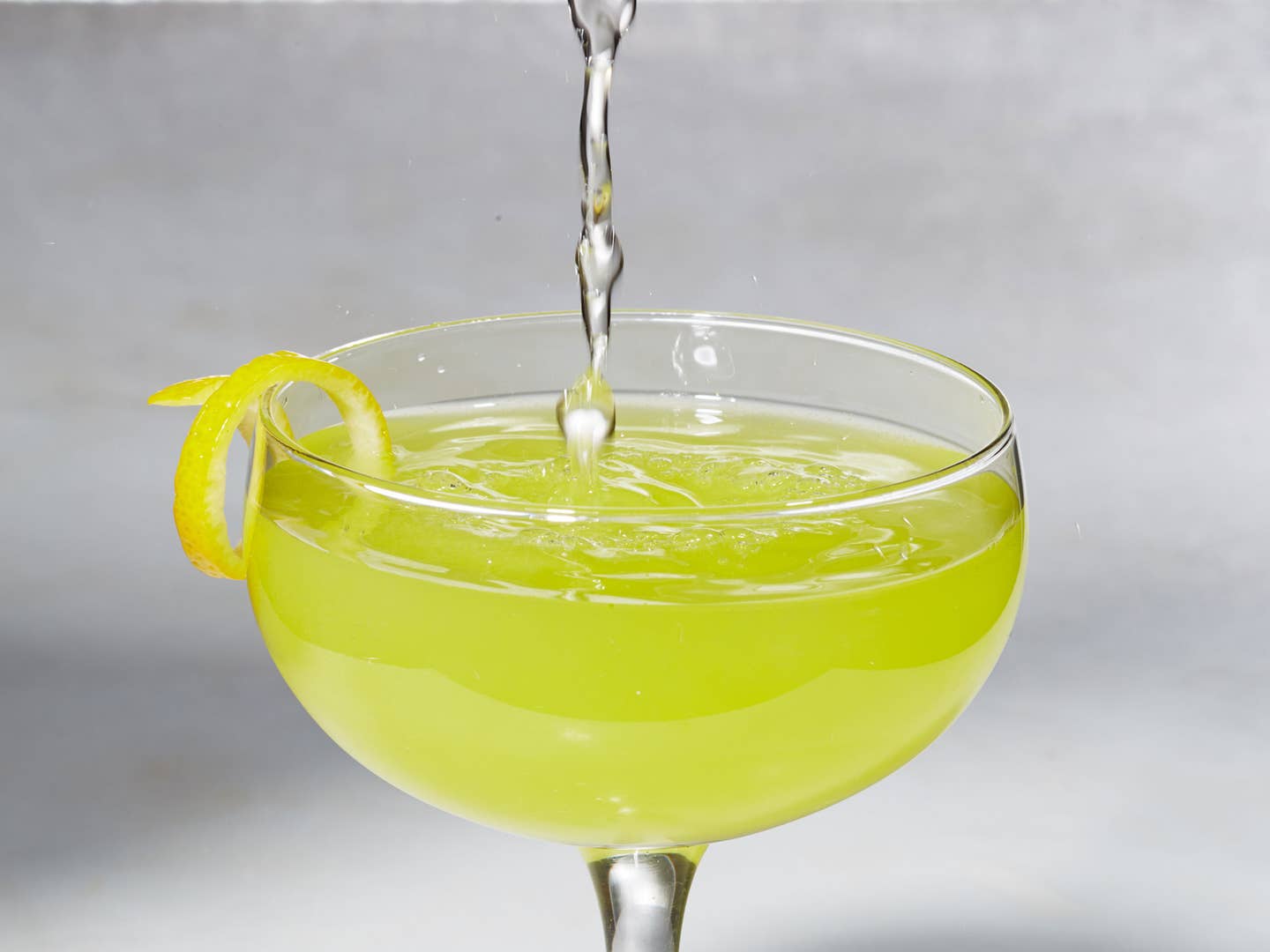
The Earliest Happy Hours Were All About Absinthe
Remember Green Hour? Of course you don’t—you weren’t alive during the Belle Époque
Today in the cool-history-of-things, we examine absinthe, the once-maligned "green fairy" that's best known among the drinking public for its legendary hallucinogenic properties. The 17th-century origin stories of the Swiss-dominated spirit are murky—some say a French doctor in the town of Couvet, Switzerland created it as an all-encompassing cure to ailments ranging "from flatulence to anemia," while others point to two Swiss sisters as the inventors—but its core ingredient, wormwood, had been used for centuries in ancient Egyptian civilizations. Regardless of its origin, it would soon become a popular choice for imbibers, due to its reputation for inspiring creativity, and also lust.
During Western Europe's Belle Époque—a golden age of unbridled optimism, peace, and innovation that lasted from 1871 to the start of World War I in 1914—absinthe was the drink of choice for creatives, including poets, artists, writers, which accounts for the appearance of emerald hues in the paintings of Edgar Degas and Vincent Van Gogh and the in the works of author Oscar Wilde. The latter notably once said, "After the first glass of absinthe, you see things as you wish they were. After the second, you see them as they are not. Finally, you see things as they really are, and that is the most horrible thing in the world."
It's a chilling sentiment, but in the late 18th century, one would find bottles of the green booze in every restaurant, bar, café, and cabaret, especially those catering to the bohemian types. Whatever hallucinogenic qualities the spirit was believed to have possessed, they were not enough to prevent every bartender from Paris to Montmartre from stocking a bottle behind the bar. It was then, in the 19th century, that the custom of sipping absinthe—while discussing politics, current affairs, and the arts—at 5 o'clock would be come known as l'heure verte, or the green hour. This would later become known as "happy hour."
Of course, as the Smithsonian Journeys Quarterly explains, decadence led to disapproval, which gave way to demonization. The green fairy was now the "green devil," with doctors claiming that those who indulged in the stuff were falling victim to "absinthism, a "syndrome marked by seizures and hallucinations." It was banned across the drinking world, from its native Switzerland, where it became a reported cause for murder, and in the States from 1912 until as recently as 2007, after contemporary studies debunked the hallucination claims, pointing instead to plain ol' intoxication.
Thankfully, the truth prevails over false science, and today we can enjoy absinthe in any cocktail bar (or at home). But next time you go to happy hour, don't forget about the little green fairy who helped bring about the grand tradition.
Keep Reading
Continue to Next Story










